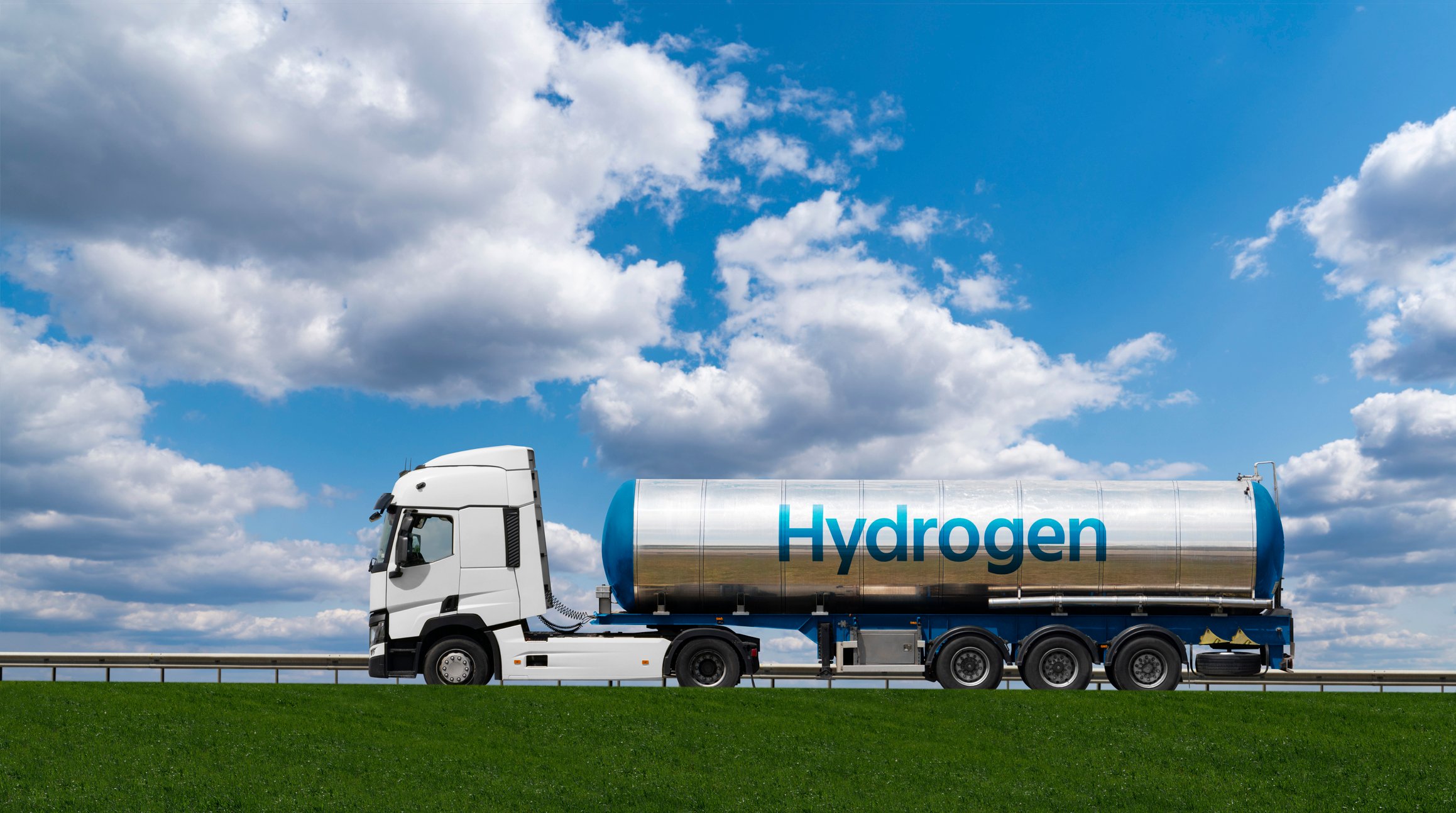The American wind power industry is barreling toward an important inflection point. The production tax credit (PTC), which provides a subsidy for each kilowatt-hour of electricity generated from wind farms in their first 10 years of production, is about to be phased out. Wind projects need to begin construction before the end of 2019 and begin operations before the end of 2020 to be eligible for the last PTC subsidies.
The phaseout makes sense. The PTC has done its part to help nurture a robust domestic industry. In fact, wind power eclipsed hydroelectric power as the nation's top source of renewable energy just this year. The United States will end the year with over 100,000 megawatts of installed wind power capacity and should add at least 10,000 megawatts annually for the foreseeable future.
But maturity brings its own set of challenges -- and opportunities. Investors interested in renewable energy stocks can't overlook the significance of these two trends reshaping the wind power industry.

Image source: Getty Images.
1. Repowering wind farms
The United States has been in the wind energy game long enough that it now has "old" wind farms. They have turbines that use outdated technology and aren't maximizing the wind resource potential of the land they sit on. But rather than decommission the wind farms, owners often choose to repower them -- replacing the aging wind turbines with the latest available hardware. Repowering is quickly becoming big business.
In May, General Electric (GE 2.55%) announced that it has repowered 4,000 megawatts of American wind power since 2017. The upgrades delivered an average 20% increase in annual energy production and an average 1.5% increase in availability. The company expects to repower another 3,000 megawatts by the end of 2020. That could be just the beginning.
The National Renewable Energy Laboratory estimates that the U.S. could spend up to $25 billion per year on wind repowering by 2030. For context, GE Renewable Energy generates about $15 billion in revenue per year today. Repowering represents a significant opportunity for GE, which boasts the largest installed base domestically of any turbine manufacturer, although the business has other obstacles to overcome.
Repowering will also start appearing more and more in the communications of power generators and electric utilities leaning heavily on wind power. If projects can achieve 20% increases in energy output, then it could be great for long-term shareholders. But investors will still need to make sure the economics pan out on a case-by-case basis, especially in a world without the PTC.

Image source: Getty Images.
2. Recycling old wind turbines
While the patch of dirt called a wind farm might get repowered, the old wind turbines still have to be decommissioned. That might be one of the biggest headaches facing the American wind industry today. Turbines have towers reaching hundreds of feet into the air made of steel that's an inch and a half thick. Steel can be cut up and recycled, but the fiberglass turbine blades are another matter. That could pose a problem considering that, according to NPR, "the United States will have more than 720,000 tons of blade material to dispose of over the next 20 years.''
Therefore, the rise of repowering will need to be met with a rise in wind turbine recycling capabilities. Companies such as Global Fiberglass Solutions, a start-up based in Texas, are looking to seize the opportunity. The company became the first in the United States to recycle wind turbine blades by reformulating the materials into pellets for decking, construction, and even automotive applications.
That sounds like a perfect match for Trex Company (TREX +1.87%), which manufactures high-performance wood-alternative decking and railing from recycled materials. The company hasn't explicitly mentioned using wind turbine materials in its products, but the business is built on sustainable practices. It recycles over 500 million pounds of wood fibers and plastic each year, and uses a minimum of 70% recycled aluminum and steel (potentially from wind turbine towers?). And it saves over 160 million gallons of water annually from closed-loop systems at its manufacturing centers.
As it turns out, wind turbine blades and the recycled plastic materials Trex uses today have considerable overlap. If the business threw its weight behind the opportunity, then it could potentially allow American wind farm owners to monetize recycling (a net cost today) and potentially lead to a lower-cost source of raw materials for the retail and commercial products manufactured by Trex.







